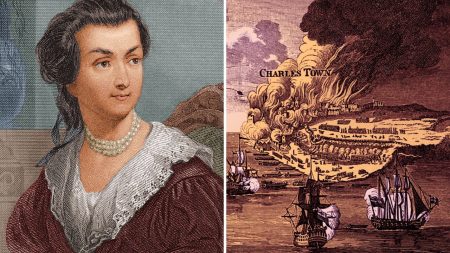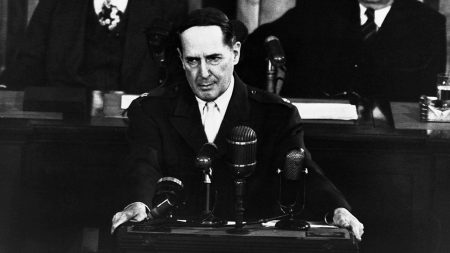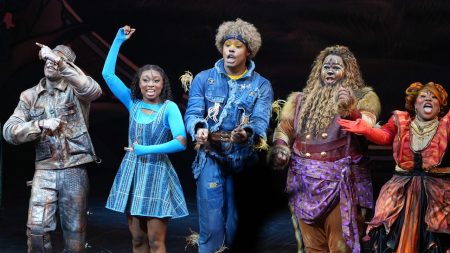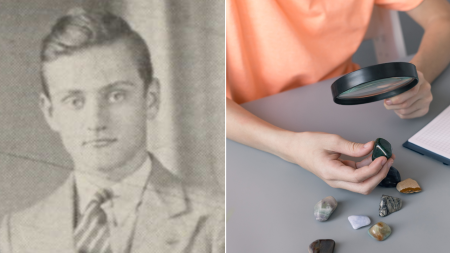The month of April 2K24 has been a rollercoaster of intense astrological events, including Mercury retrograding in Aries, a monumental eclipse, a rare conjunction, and now, the most intense full moon of the year. The full moon in Scorpio on April 23rd, opposing the sun in Taurus, promises a transformative experience for all.
During this full moon, a tense T-square forms involving the sun in Taurus, the moon in Scorpio, and Pluto. Pluto, the planet of death and rebirth, is the focal point of this configuration, aiming to resolve conflicts and tension between opposing energies. It symbolizes the destruction of the old to make way for the new.
The fixed nature of the T-square during this full moon signifies a resistance to change and a need for a forceful push towards transformation. With the sun in Taurus focusing on basic needs and Scorpio delving into emotional depths, this moon encourages us to reevaluate our desires, resources, and relationships in order to move forward.
Pluto acts as the catalyst for change during this full moon, pushing us towards a radical rebirth. This planet tests our limits and challenges us to let go of what no longer serves us in order to make way for a new beginning. While the process may be painful and tumultuous, it ultimately leads to growth and evolution.
As we navigate the intense energies of this full moon, we are reminded that change is necessary for growth. The moments leading up to a rebirth can be dark and terrifying, but they are essential for shedding old patterns and embracing new opportunities. Embracing the transformative power of Pluto can lead to a deeper understanding of ourselves and the world around us.















